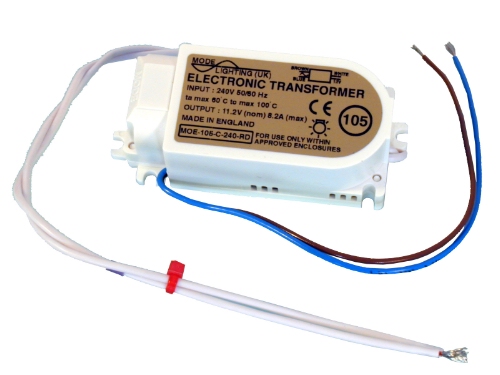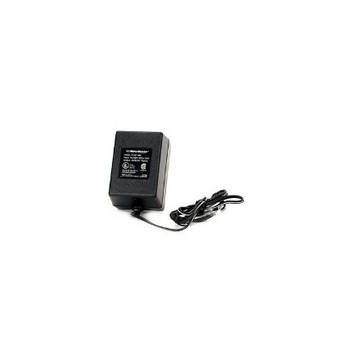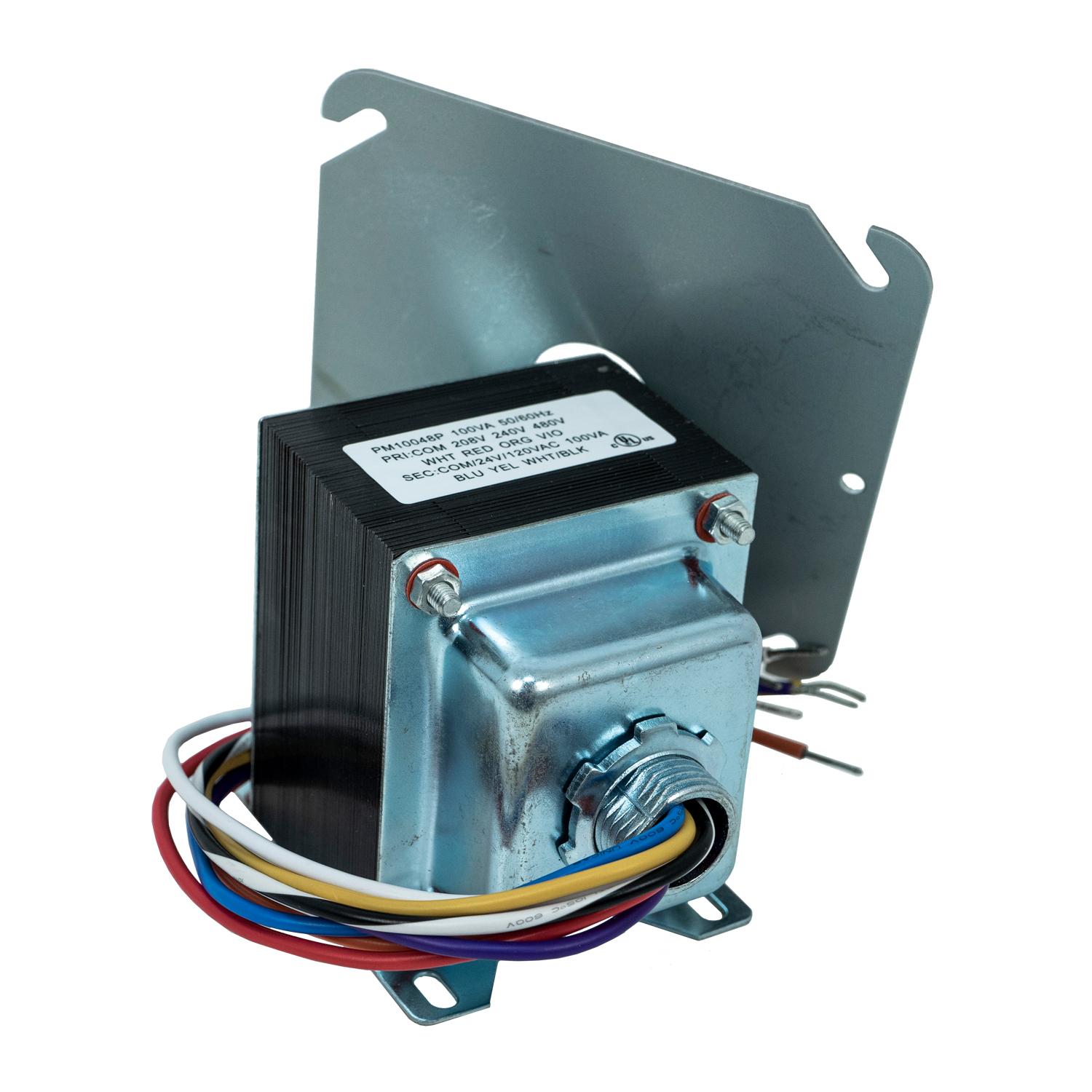

- 480 VOLT 24 VOLT TRANSFORMER 75 VA INSTALL
- 480 VOLT 24 VOLT TRANSFORMER 75 VA FULL
- 480 VOLT 24 VOLT TRANSFORMER 75 VA PROFESSIONAL
- 480 VOLT 24 VOLT TRANSFORMER 75 VA SERIES
- 480 VOLT 24 VOLT TRANSFORMER 75 VA FREE
Many manufacturers will request a copy of the contractor license or a bill of install to start the warranty procedure. We encourage you to be a licensed HVAC contractor or to hire a Licensed HVAC contractor to be sure you can truly get the manufacturer's warranty.
480 VOLT 24 VOLT TRANSFORMER 75 VA PROFESSIONAL
Because of the professional install these products carry a longer warranty, different than found in similar products offered by big box stores for do it yourselfers. It's more advanced, but is a worthwhile thing to learn.The items we offer on our website are professional grade products that are designed and built to be installed by licensed, professional tradesmen. Alternatively, you could use a switching regulator if you feel comfortable with such things.
480 VOLT 24 VOLT TRANSFORMER 75 VA FREE
That's too much for a TO-220 package in free air, and will require a heat sink. The 12V spec will also be under maximum load, so the actual voltage will be a bit higher than 12V * sqrt(2).ĢW is a lot of heat to get rid of in the regulator. These are sqrt(2) higher than the RMS voltage.
480 VOLT 24 VOLT TRANSFORMER 75 VA FULL
Basically, a full wave bridge takes the absolute value of the AC voltage.Īs Starblue mentioned, either way the DC voltage will come mostly from the peaks of the AC voltage. This uses 4 diodes but harnesses both halves of the AC cycle to contribute to your DC power voltage. A better method is something called a "full wave bridge". It will have some ripple, but will work since you're going to regulate it down to a much lower voltage. That basically passes the positive parts of the AC cycle and blocks the negqative. A quick and dirty method uses a single diode and output capacitor. The AC voltage needs to be "rectified" to make it DC. Change the voltmeter to the AC Volts scale, and you should see somewhere around 12V, probably a little higher.

If you're reading this with a DC voltmeter, it will read 0V since that is the DC average. Unless your tranformer is just plain broken (probably not), it is putting out somewhere around 12V AC as specified. This is better than a resistor, because the voltage across a resistor depends much more on the load than for a diode.
480 VOLT 24 VOLT TRANSFORMER 75 VA SERIES
If it can tolerate some ripple you could use five 1N4004 diodes in series (5 * 0.7V = 3.5V, 15.5V - 3.5V = 12V) to lower the voltage.

The rectifier will reduce the voltage by about 1.4V, so at the input of the linear rectifier you will have a little more than 15V, with some ripple depending on the capacitor and the current drawn.Īt 200mA and 10V difference between input and output your linear regulator will need to get rid of 2W of power, so it will need some cooling.Īs for the horn, it depends on the specification of the horn, how precisely it needs those 12V. You need a rectifier and a smoothing capacitor in front of the linear regulator. To get the peak voltage you need to multiply by the square root of 2, which results in about 17V.Ĥ0VA means that at an effective voltage of 12V it can handle an effective current of 40VA / 12V = 3.3A, which should be enough (though you neglected to tell us how much current the horn needs). I guess I should have just spent a little more and got a regulated supply! The 12 Volts will not be regulated so do I need to add a big resistor in series with the horn so that it will have the proper 12 Volts across it? Does this thing only output 12VDC if it has the exact right load? Or since I will be connecting this to a linear voltage regulator will that handle it all for me? The total current draw of my circuit will typically be less than 200mA unless the alarm is sounding, and then it will go up some.Īlso, I was planning on using the 12V from the transformer to power the horn(siren) directly and switch it on with a power Mosfet. I realize this is probably because the transformer is not regulated and thus requires a load for the output to be 12V but I am still not sure if I can use this transformer with my design. I tried attaching it to a couple different loads (with fairly small resistance) but I still couldn't measure any voltage at the output.

When I plug it into the wall and measure the voltage at the output I get zero volts. I couldn't find any documentation on this transformer. I was going to use with a 5VDC Linear voltage regulator to get 5 volts for my digital circuitry. I bought the following wall transformer to power my circuit. I am working on a circuit for a home make home security system.


 0 kommentar(er)
0 kommentar(er)
